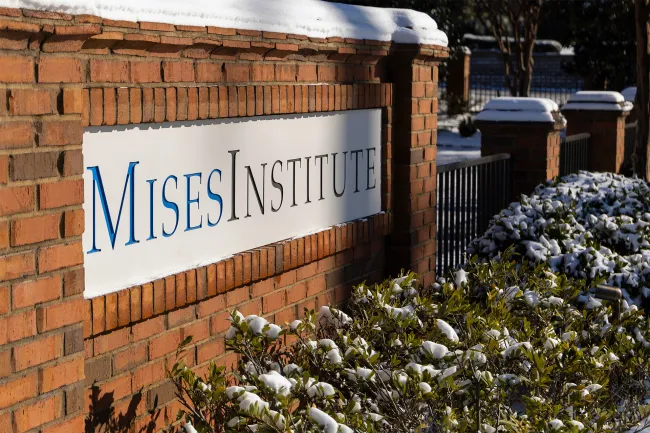Interest rates should be determined by the market, according to its needs, to operate efficiently and effectively distribute society’s financial resources, allocating capital among different stakeholders according to the results of their investments. For example, an entrepreneur who achieves an IRR of 10 percent would be willing to pay 5 percent interest to expand his business, attracting those investors who cannot obtain 5 percent for their capital.
And, of course, it is society—the market—that ultimately determines where to invest. For example, if more shoes are needed, demand increases, causing a rise in prices that enables a higher IRR for manufacturers. This virtuous natural mechanism means that the most basic needs, and therefore the most in-demand needs—such as food, health, etc.—are the first to be met as efficiently as possible. Efficiency is understood as the best supply with the best quality/price ratio.
But today, rates are basically determined by state agencies—often for purely political reasons—such as central banks, for their currencies, which are monopolistic for the simple reason that they need that monopoly to finance themselves and survive.
Indeed, if states competed in the market like any private company, they would end up disappearing, going bankrupt, given their intrinsic inefficiency in all their activities. This inefficiency arises from the fact that they don’t gain by serving the public better, with better products and services, nor do they run the risk of going bankrupt due to poor performance. Instead, they coercively obtain (through taxation) whatever resources they want. Ironically, if a tax is lowered, it is called a “fiscal cost.”
Of all the rates in the world, the most important is undoubtedly the one set by the US Federal Reserve (Fed), given the hegemony of the USD worldwide as a result of being the leading economic power.
Today, the so-called “neutral” level—a theoretical benchmark that would neither help nor hinder economic activity—for interest rates would be around 4 percent, roughly in line with where the Fed set them at its last meeting, according to many analysts.
Fed officials, for their part, have estimated that the “neutral” level is 3 percent and have projected a decline to this level by 2028. The central bank lowered its benchmark federal funds rate by 25 basis points to a target range of 4.00 percent to 4.25 percent earlier in September, delivering its first reduction since December.
During this last meeting of the FOMC (the Fed’s Federal Open Market Committee), the decision was not unanimous. Newly-appointed Governor Stephen Miran cast the only dissenting vote, arguing for a deeper cut of 50 basis points. His so-called “dot” in the Fed’s rate outlook was the most aggressive, projecting rates as low as 2.875 percent by the end of 2025, well below the consensus of his colleagues.
Updated projections released after the meeting showed that most policymakers expect two more rate cuts in 2025, underscoring the Fed’s shift toward supporting a cooling labor market while keeping an eye on persistent inflation (the rise in the CPI, in fact).
In his press conference, Fed Chairman Jerome Powell stated that the Fed’s monetary policy remains restrictive despite the latest rate cut, referring to a monetary policy stance that seeks to restrict economic activity and reduce inflation.
In other words, these bureaucrats—unable to work in real time—decide in advance to set rates that are either very high or very low, as a way of hedging, causing either a recession or a spike in price inflation. Those who deny that the market is necessarily a “mechanism” that naturally operates in real time cannot explain the fact that prices are nothing more than a transmitter of information.
In short, the Fed’s projections showed that most monetary policymakers assume the economy will expand 1.6 percent this year, above the June forecast. The unemployment rate at year-end is projected to be 4.5 percent and core inflation (the rise in the CPI, to be precise) to be 3.1 percent. And now, price increases aren’t expected to slow to the Fed’s 2 percent target until 2028.


